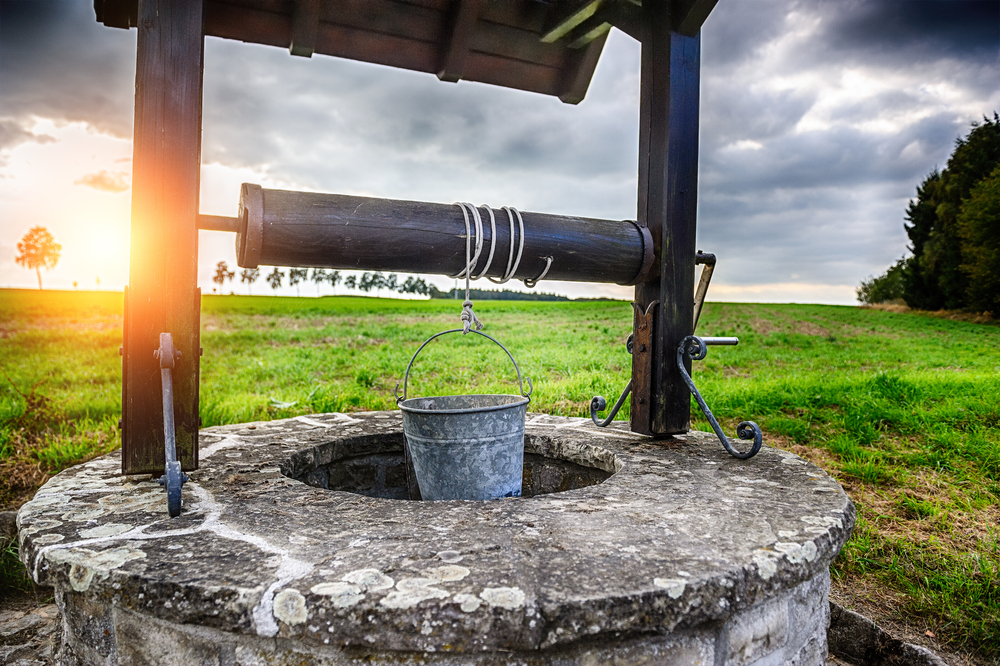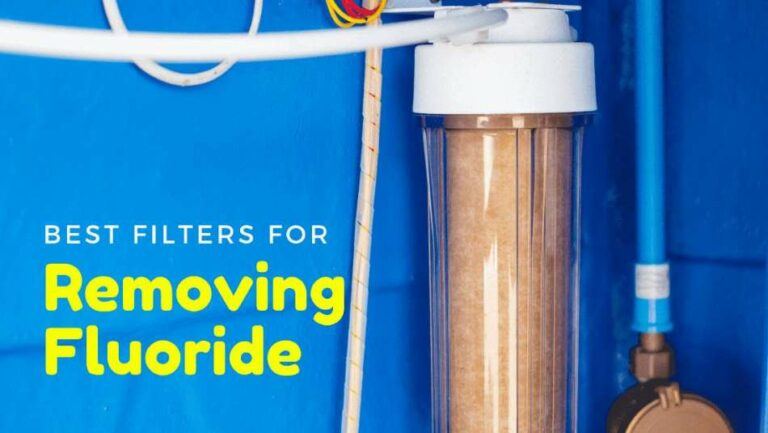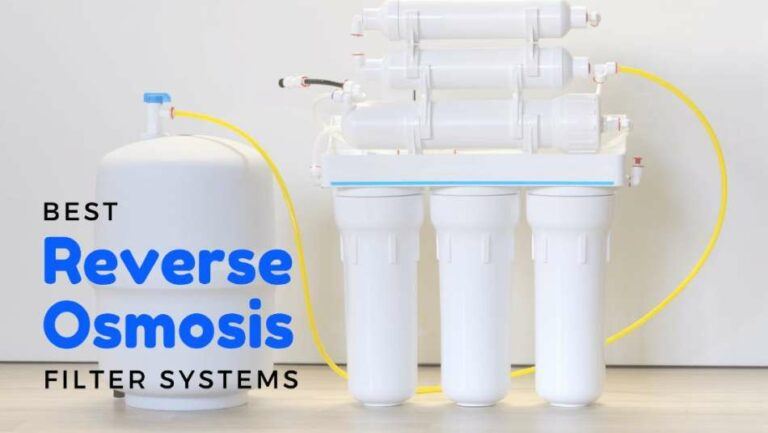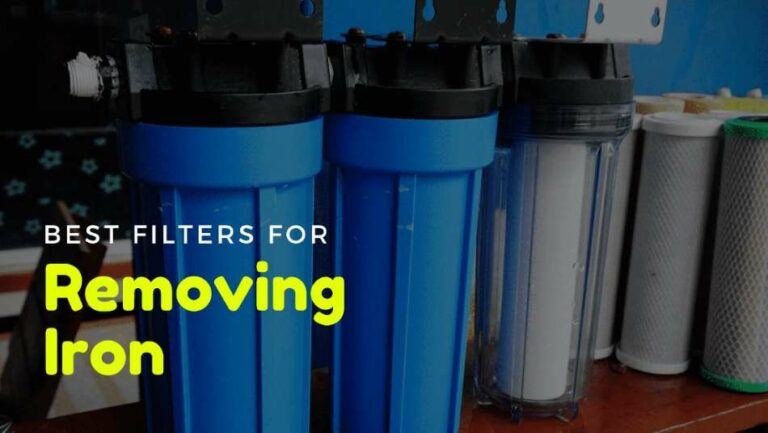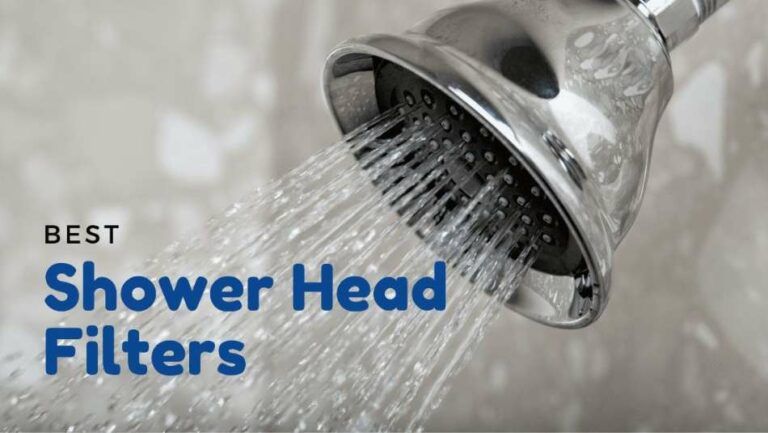Best Sediment Filter For Well Water
Do you have a problem with your well water? Does it contain sediments? If you are planning to buy a sediment filter, that could solve your problem with sediments. Thankfully, the online market has every type of sediment filter you could need. This article will help you find the best sediment filter for well water among them. This article will also guide you in choosing the type of sediment filter that would be appropriate for your well water.
Installing a bag filter followed by a set of sediment filters with a carbon block filter, a 10-micron spun filter, and a 5-micron spun filter is the best way to capture sediments from well water. They are the best sediment filter for well water.
What Is A Sediment Filter?
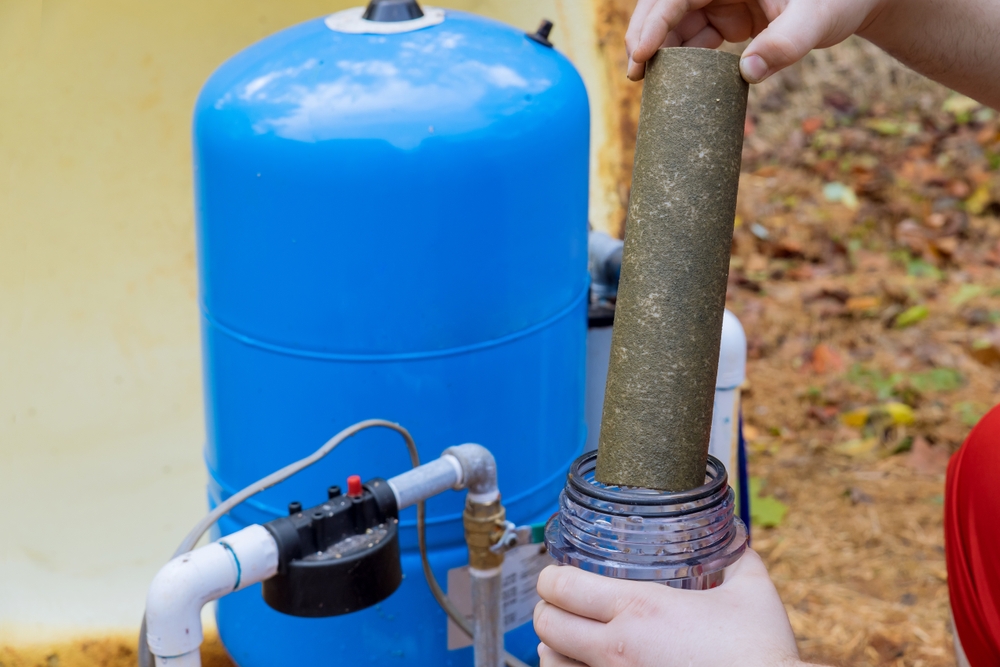
A sediment filter is a water filter that traps or captures suspended solids like sand, stones, dirt, scales, rust, and every particulate matter present in water. This process is called water filtration where it purifies untreated water producing clean or clear water as a product. Sediment filters can trap or capture even the smallest size particle up to a 1-micron rating. The smallest particulates ranging from 50 microns down to 1 micron are impossible to see without using a microscope.
How Does A Sediment Filter Remove Sediments?
Sediments are naturally present in water, especially in water sources like deep wells. It has different forms and sizes. Sediments are measured in microns and may vary from 5 microns to a thousand microns. A sediment filter is made up of a material with tiny holes ranging from 1 micron to a hundred microns depending on the type of sediment filter. Water containing sediments with larger microns than the filter microns will be filtered and cannot pass through the filter hole. Only the particles with equal and smaller microns than the filter holes shall pass through the filter’s holes, producing clean and good-quality water.
Types Of Sediment Filters
Let’s start with bag filters.
Bag Filters
A bag filter is made up of woven fabric, creating small permeable pores. It can capture sediments from 10 microns to 100 microns. It has a very large filtering capability meaning it can hold sediments for a longer time. It is commonly used as a pre-filter in various commercial and industrial water treatment plants.
Spun Sediment Filters
A spun sediment filter is made from thermally bonded polypropylene microfiber. It is designed for high-quality filtration efficiency. It can filter sediments ranging from 1 micron up to 10 microns. This filter is best used for commercial and household applications.
String Wound Filters
String wound filters are used for ultra-pure water filtration applications. This filter is commonly used in some food, beverage, and electronic processing industries. It is made from polypropylene strings, wrapped and wound around together to form a cylindrical shape filter. This filter is more expensive than spun filters.
Pleated Sediment Filters
Pleated sediment filters are made from pleated cellulose media woven together to form an accordion-type filter cartridge. These are also known to the water treatment market as surface filters. Pleated filters are effective if the sediments are of the same size. It offers a simple and practical way of filtering untreated water.
Carbon Block Filters
Carbon block filters are specially designed to capture volatile impurities that cause bad odor, taste, and color in water. It is composed of granulated activated carbons (GAC) wrapped together to form a cylindrical shape cartridge filter. Granulated activated carbon absorbs the volatile impurities content of the water.
How To Maintain The Sediment Filters?
Let’s start with the pressure gauge.
Pressure Gauge
Sediment filters lose their effectiveness over time as they capture and filter more sediments. Install a pressure gauge in your water line before the sediment filter. You can monitor the pressure reading in your filter. A decreasing pressure reading only means your filter is clogged by the sediments it holds and loses its effectiveness.
Clear Filter Housing
Using a clear filter housing for your sediment filters will help you monitor and check if your filters are in good condition. After several days your sediment filter will change its appearance and become dirty due to the sediments it filtered.
When one of the above situations occurs, it is recommended to change your sediment filter cartridge material. These cartridge materials are available in the water treatment market. They are also easy to remove and install. Just follow the instruction manual that comes with the filter.
What Are The Things To Consider When Choosing A Sediment Filter?
Let’s start with the water source.
Water Source
This is the first important factor in choosing a sediment filter. You must know from where you would get your water. Deep well water, spring water, seawater, tap water, and river water are some of the sources. The quality of water and the type of sediment filter depends on the water source.
Minerals To Remove
Considering your water source, you must also know what kind and types of minerals you want to remove from the water. It may be total dissolved solids, suspended solids, sediments, odor, color, taste, and other chemicals present in water. Sediment filters may vary in the type of minerals to be removed.
Micron Rating
Knowing your water source and the minerals to remove, you can now choose the micron rating of the filter you want to use. Sediment filters are available from 1 micron up to 100 microns. The most commonly used sediment filters for drinking water are 1 micron, 5 microns, and 10 microns.
Application
Sediment filters are used in different applications like household use, commercial, and industrial. For industrial applications, sediment filters must have a large capacity with high purity. In commercial sectors, these filters must be food-grade and high quality. For household use, the most important thing is that the sediment filter must be capable of producing water that passed the National Standards for Drinking Water.
In Conclusion: Best Sediment Filter For Well Water
Well water contains different sizes of sediments including disease-causing pathogens. To ensure the removal of these impurities in your well water, installing a set of sediment filters is highly recommended. Use a bag filter as the primary treatment to capture larger sediments followed by a carbon block filter to remove the odor, taste, and color. Then use a 10-micron spun sediment filter to remove smaller sediments. Lastly, use a 5-micron or 1-micron spun filter to trap pathogens.
Installing an ultraviolet lamp is also the best and most effective way to kill these pathogens. With all these sediment filters installed for your well water, your family’s health and safety are guaranteed.

